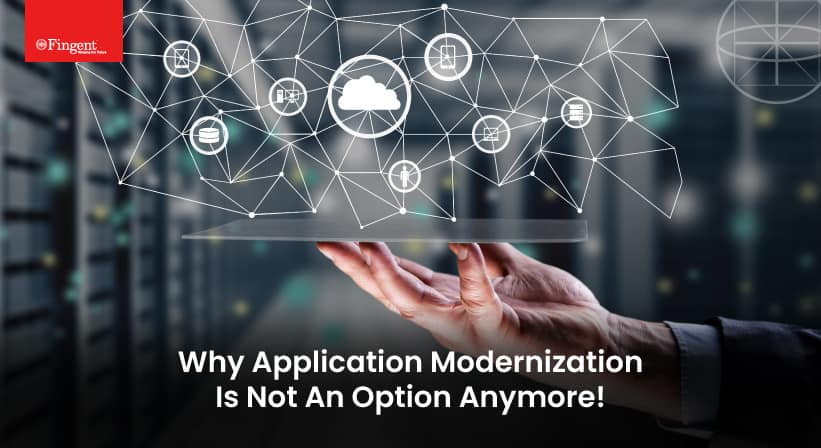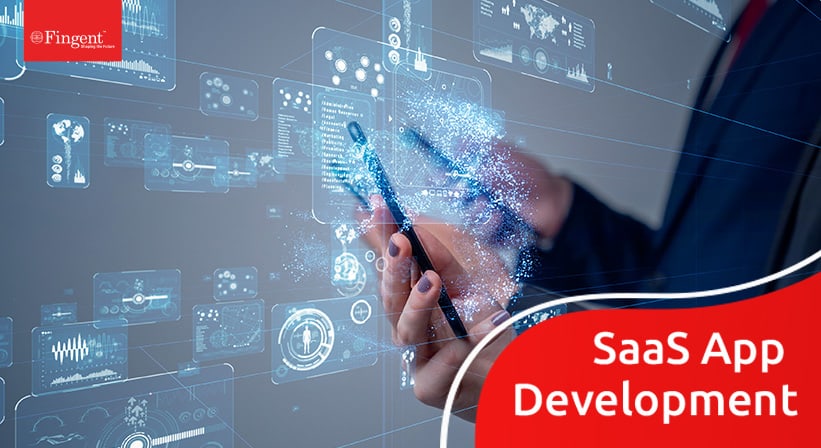Changing Customer Perceptions: How To Take Advantage
The third industrial revolution or the “digital revolution” has been doing its magic in different industries, since almost the late 1970s. We have all been embracing digitization in our businesses, and have come a long way from our old paper and pen based systems, haven’t we?
But what about our customers?
How much of an impact do you think the digital revolution has had on our customers?
True, they want almost everything at their fingertips these days, which is a clear indicator on how they are catching up, and how much they love digitization as well.
But customer perceptions change as societal trends change, all driven by digitization and it is important to be on the same page as your customers are, so as to channel your customer service efforts. Branding through customer service helps your company in increasing customer satisfaction levels as well as in improving your overall efficiency.
Before we get into how customer perceptions are changing, let’s take a look at why customer perception is important.
Why is Customer Perception Important?
The field service market, or any market for that matter, is extremely crowded these days. You literally have at least a hundred companies to compete with, to say the least.
Moreover, the number of customer touch points, such as online ads, ratings and reviews, have also increased, making it all the more important for companies to maintain their status and goodwill, at all times everywhere.
With so many competitors and customer touch points, it becomes more difficult for you to stand out and make yourself seen, especially since customers’ buying decisions get easily influenced by what they see these days.
Here is how technology has changed and is changing customer’s’ perception of businesses.
Changing Consumer Perceptions
The general trend of consumers is to get inclined towards companies that use technology, mainly because of the benefits that such companies provide. Customers perceive a technology adopting company to be modern and up to date with the latest “convenience tools” for them.
Here are some aspects in which customer perceptions are changing:
Safety and Security
 Customers prefer companies that provide more weightage to the safety and security of their customers. No customer would want to find that the personal information they provided to the company was used for other purposes. And companies that make use of sophisticated technology to make sure of that are obviously going to be the winners here.
Customers prefer companies that provide more weightage to the safety and security of their customers. No customer would want to find that the personal information they provided to the company was used for other purposes. And companies that make use of sophisticated technology to make sure of that are obviously going to be the winners here.
For example, AirBnb – one of the most trusted accommodation listings around the world, has their whole design system built around trust. For AirBnb, building a strong reputation system was the key to trust, and they researched on people’s behaviours revolving the trust factor to know more. They found that people generally tend to trust other people who they have more in common with or who are more like them, and not those who are different in nature. When put together with the reputation factor, they also found that people were ready to trust even those people who are different from them, if they heard about 10 good reviews about them.
Even with the case of information sharing with their customers or even prospects, they found that there are limits and that there are such things as “too less info” and “too much info” that could adversely affect their business. Asking for a lot of information about the prospect, and asking for too few details, while communicating with them were both found to have a bad impact on the trust factor. It made them design an information box, that could fit just the right amount of info while communicating with their customers, which earned more trust.
Hence, AirBnb were able to leverage their customers’ perception of safety and trust, to improve their business.
Quality
The quality of service is definitely one of the top priorities of customers. They always prefer companies with which their dealings or transactions are transparent, and the quality of the availed service is always top notch.
For example, Amazon.com – one of the largest e-commerce sites, always makes sure that their customers’ purchases, as well as payment transactions are transparent, and that their customers get due notifications on their registered email ids and phone numbers, right from the time they place their orders, to the time it is delivered. The customers are always kept on the loop so that they know exactly where their order has reached in the processing cycle. And upon receipt of the order, the customers also have the option of returning their order, if they are not happy with it, in which case their money is refunded too, promptly.
Personalization
The more personalized experiences that companies provide to customers, the more customers they get. Customers always love exclusive attention and as they get more offers and promotions that suit their interests, they become more loyal to the companies that provide it.
Amazon.com again is a good example of a company that makes maximum use of customer’s’ perception of personalization. They analyze individual customer purchase patterns online and send out exclusive promotions and offers accordingly to specific customers, which makes their customers come back for more.
Simplicity

For example, AFCO – a leading service process management partner that works with various industries including water management, food manufacturing, and food safety, uses a mobile application to help its field agents perform food audits more efficiently. The application is simple to use and allows its clients to automate their processes in a hassle free manner. There are also separate user roles for the admin as well as for the clients, enabling their clients to view information pertaining to their company alone.
Innovation
People are all in for innovation, and by all means, a company that uses innovative techniques and develops innovative products definitely stand a better chance for success. The key is to use technology in such a way that there is a balance between costs and revenue. Something in between low-risk, low-reward in-house innovations and the “out-of-the-box” high-risk, high-reward disruptive innovations – a third kind of innovation.
One of the best examples would be LEGO – the most popular manufacturers of toys for children.
LEGO went from being bankrupt to one of the highest revenue earning toy makers in the world, just with their innovative approach. They have been consistently creating new ways to engage with customers of all ages, all with their regular plastic bricks, by being unafraid to experiment with new technologies. They changed their regular LEGO toy “Bionicle” by including a host of other complementary innovations along with the package, such as comics, books, video games and new packaging. All this made Bionicle irresistible to the target buyers.
Embracing the digital age, they have extended their brand now from physical play to digital play, with their programmable robots, DIY Mindstorm kits and the like.
Companies that utilize these changing customer perceptions and develop products as well as marketing strategies to suit the perceptions will gain the competitive advantage. In this day and age where building brand value through customer service is the key to survival, leveraging customer perceptions can go a long way into making your success.
Stay up to date on what's new

Recommended Posts

10 Feb 2024
Why Are Leading Businesses Prioritizing Application Modernization
The world of technology is evolving at a fast pace, with newly emerging advanced applications almost every day. With the significant growth of technology, we can also witness the transition……

10 Oct 2023 B2B
Guarding Your Digital Fortresses: The Imperative of Application Security
In the ever-evolving landscape of cybersecurity, application security stands as the impervious armor that shields your organization's digital fortresses. Imagine your organization's applications as the kingdom's gates – if left……

31 Dec 2021 B2B
A Comprehensive Guide to SaaS Application Development
Software as a service (SaaS) is a fast-growing IT segment that commands the highest adoption rate among public cloud services, such as PaaS, IaaS, BPaaS, and others. In 2020, the……

06 Sep 2021 Financial Services Logistics
A Complete Guide On Software Product Development Stages And Life Cycle
Planning a software development project for your business? Here's a detailed guide on the various stages and life-cycle of Software Product Development! Introduction What Is Software Product Development? How To……
Featured Blogs
Stay up to date on
what's new




















































